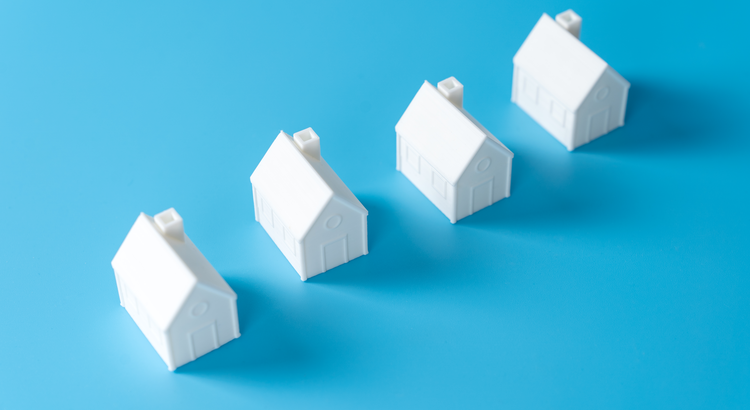n recent years, there has been a growing trend in the housing market: more families are purchasing multi-generational homes. These homes, designed to accommodate multiple generations of a family under one roof, are becoming increasingly popular as people look for more flexible and practical living arrangements. So, what’s driving this shift toward multi-generational living? Let’s explore the key reasons behind this trend and how it’s reshaping the way families live.
1. Rising Housing Costs
One of the most significant factors driving the demand for multi-generational homes is the rising cost of housing. Home prices and rental rates have increased in many areas, making it harder for individual family members to afford separate residences.
By pooling resources, families can share the financial burden of homeownership, including mortgage payments, utilities, and maintenance costs. This arrangement not only helps families save money but also allows them to live in larger, more comfortable spaces that might otherwise be out of reach.
2. Caring for Aging Parents
As the population ages, many families are looking for ways to provide care and support for elderly parents or grandparents. Multi-generational homes make it easier to care for aging loved ones without the need for costly assisted living facilities or frequent travel.
Living under the same roof allows families to ensure their elderly relatives are safe, comfortable, and surrounded by loved ones. It also fosters stronger family bonds and provides peace of mind for everyone involved.
3. Support for Younger Generations
Multi-generational homes aren’t just for aging parents—they also benefit younger generations. With student loan debt and high housing costs, many young adults are finding it challenging to live independently.
Living in a multi-generational home allows younger family members to save money, pay off debt, and work toward financial independence. In some cases, it also provides a supportive environment for young parents raising children, as they can rely on grandparents or other family members for childcare and emotional support.
4. The Desire for Closer Family Connections
For many, the decision to live in a multi-generational home is rooted in a desire to build stronger family connections. Living together allows families to spend more time with one another, celebrate milestones, and create shared memories.
In today’s fast-paced world, multi-generational living can provide a sense of stability and togetherness that many families value deeply. It also allows family members to pass down traditions, stories, and cultural practices to younger generations.
5. Flexibility in Home Design
Builders and developers have recognized the growing demand for multi-generational living and are designing homes to accommodate these needs. Features like separate entrances, in-law suites, and dual kitchens make it easier for multiple generations to live together while maintaining privacy and independence.
This flexibility in home design ensures that everyone in the household can enjoy their own space while still reaping the benefits of living together.
6. Cultural Influences
In many cultures, multi-generational living has been a long-standing tradition. As these cultural norms influence housing preferences, more families are adopting this model in countries where single-family living was once the norm.
The cultural value placed on caring for relatives and maintaining close family ties has encouraged many families to embrace multi-generational homes as a practical and meaningful solution.
Is a Multi-Generational Home Right for You?
If you’re considering a multi-generational home, here are a few questions to ask:
- Do we have a strong enough relationship to live together harmoniously?
- What kind of layout or features will ensure privacy for all family members?
- Can this arrangement help us save money or achieve other financial goals?
By answering these questions, you can determine whether multi-generational living aligns with your family’s needs and lifestyle.
Conclusion
Multi-generational homes are more than just a housing trend—they represent a practical, cost-effective, and emotionally fulfilling way of living. Whether it’s to save money, care for loved ones, or strengthen family bonds, many people are discovering the benefits of sharing a home with multiple generations.
If you’re considering making the move to a multi-generational home, work with a trusted real estate agent who understands your unique needs. They can help you find a home that fits your family’s lifestyle and provides the perfect balance of space, privacy, and connection.

Providing guidance and assisting motivated buyers, sellers, tenants, landlords, and investors in marketing and purchasing property for the right price under the best terms. Determining clients’ needs and financial ability to purchase the best home for them. Call me today and let me help you find a home that can change your life!
